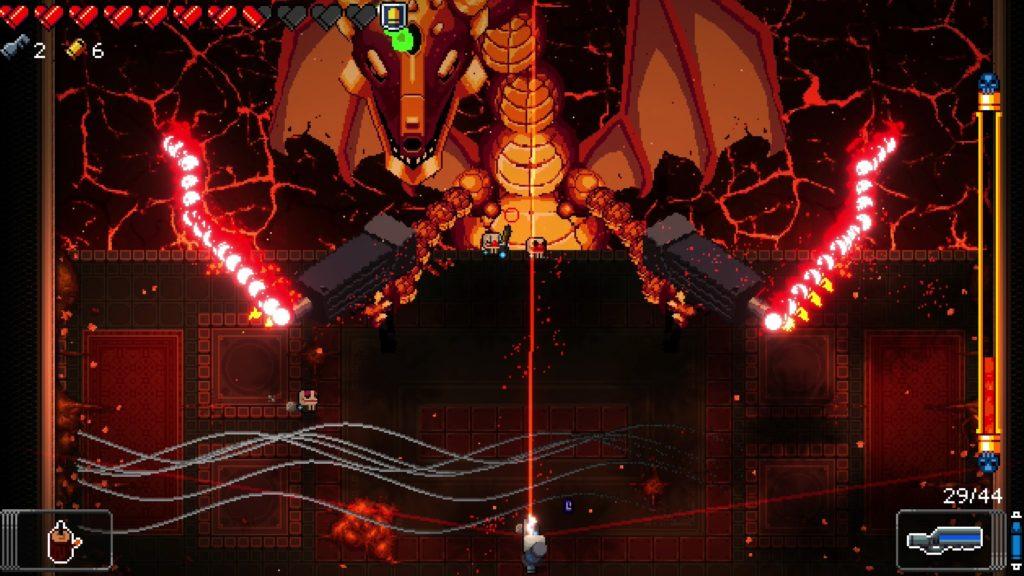- Would adding the “Ingredient Drafting” mechanic feel meaningful, or random?
- Why this matters: In our game, players will be dealt a number of cards and take turns selecting ingredients to add them in a communal pot. Choosing which ingredient to put in the pot is a core mechanic of the game as everyone is trying to make a “dish” together, so it’s super important that it doesn’t feel random. If players think they’re just throwing in cards without strategy, players might not feel agency to play with some risky ingredients. Including the ingredient drafting mechanic will make sure that the choices the player makes is impactful (like deciding when to put in a risky vs. safe ingredient) and the player realizes the level of risk they are playing with.
- Prototype type: We can mock-up 30 ingredient cards using index cards or sticky notes, evenly split between ‘safe,’ ‘risky,’ with a few ‘poison’ categories. We’ll use different colors or symbols to make it easy to distinguish them quickly during play.
- Like for example on the cards we could have emojis that describe the level of risk of the ingredient:
- 🥕 (safe), 🌶️ (risky), ☠️ (poison)
- Like for example on the cards we could have emojis that describe the level of risk of the ingredient:
- Prediction: If there is a variety of risky vs. safe cards, I believe that players are more willing to play a bit riskier knowing other people are trying to bluff their “risky” cards as well. I expect this will create a lot of tension between playing safe and taking risks to hide their role. Players might start to overanalyzing others’ choices, leading to paranoia and potentially hysterical bluffing dynamics.
- Would adding a mandatory mid-game “Taste Test” build suspense/tension between chefs or would this reveal too much?
- Why this matters: My idea of the Taste Test mechanic is that it would update players of the soup status (how much it’s been poisoned depending on the risky and poison ingredients) halfway through the game. What I’m unsure of is whether this mechanic reveals too much information or if it adds suspense by giving partial information of what’s in the pot.
- Prototype type: Set a timer of 10 minutes to determine the “midpoint” of the game in play tests and then observe the reactions of the information that is revealed. If players feel like the card reveals are too predictable, in the sense that players deduce the “poisoner” based on card location in the deck, can we can test different formats of the real, like revealing only a random card from the pot instead of every card.
- Prediction: If the hint is too obvious (like if players can tell exactly who added poison because of card placement), it risks spoiling the strategy. I think we could make sure the pot thoroughly mixes the cards before the Taste Test, so the information stays vague enough to build tension.
- Should players easily be able to track game progress (soup status)?
- Why this matters: Players should have a sense of how the soup and game is progressing. If the progression is too hidden, players might feel lost and disengage faster. But if it’s too transparent, the strategy is lost. The goal is to update progress without revealing too much.
- Prototype type: We can try having a moderator that tracks the quality of the soup on a scale (like: clean –> risky –> poisoned).
- Prediction: The tracker will improve the pacing and additionally serve as a source of information while also easing anxiety about not knowing if they’re winning or losing. That way players know that progress is being made without spoiling the fun.

The Mechanics of Magic
Game Design Writings by Students at Stanford taking 247G and 377G


